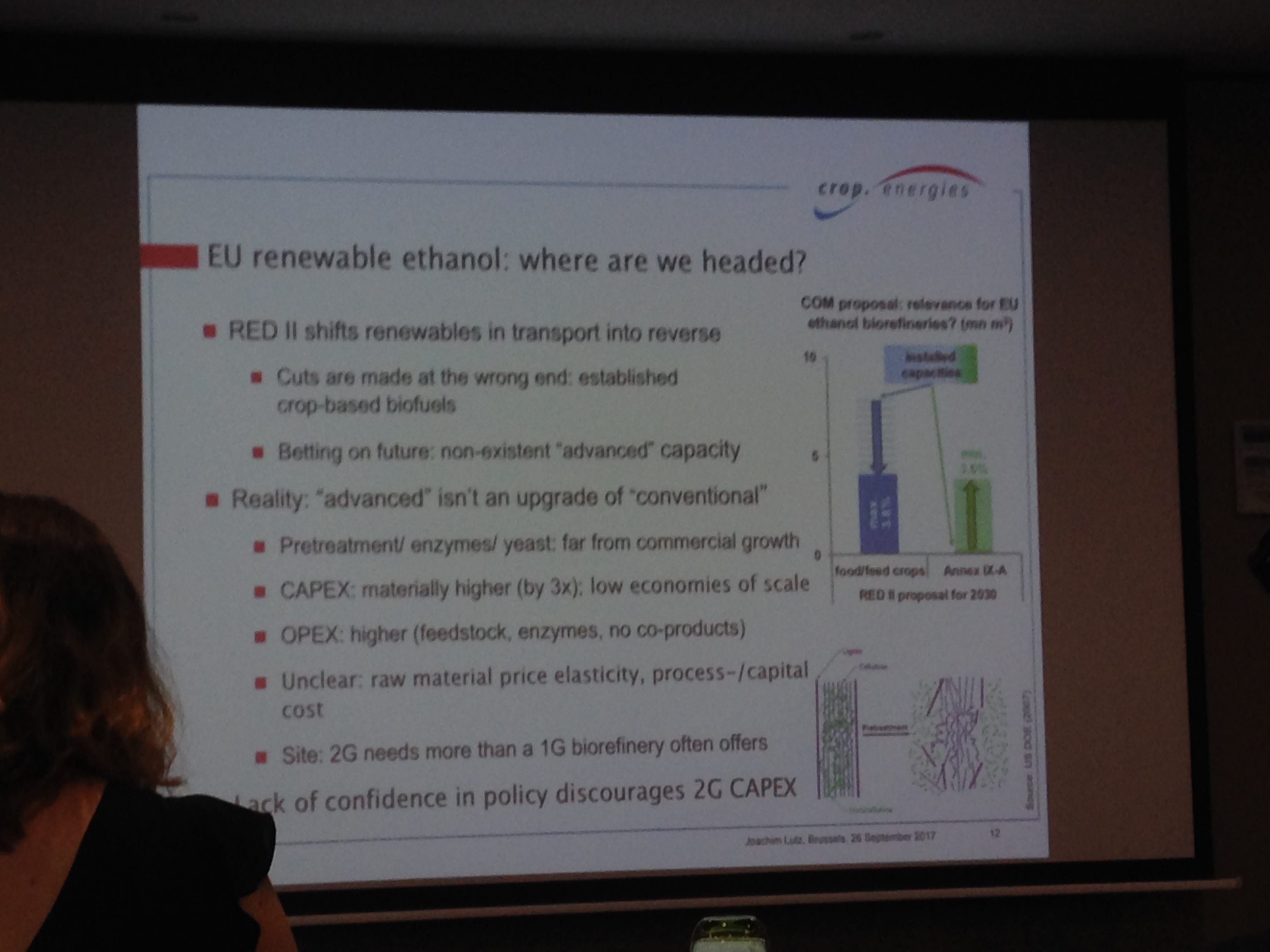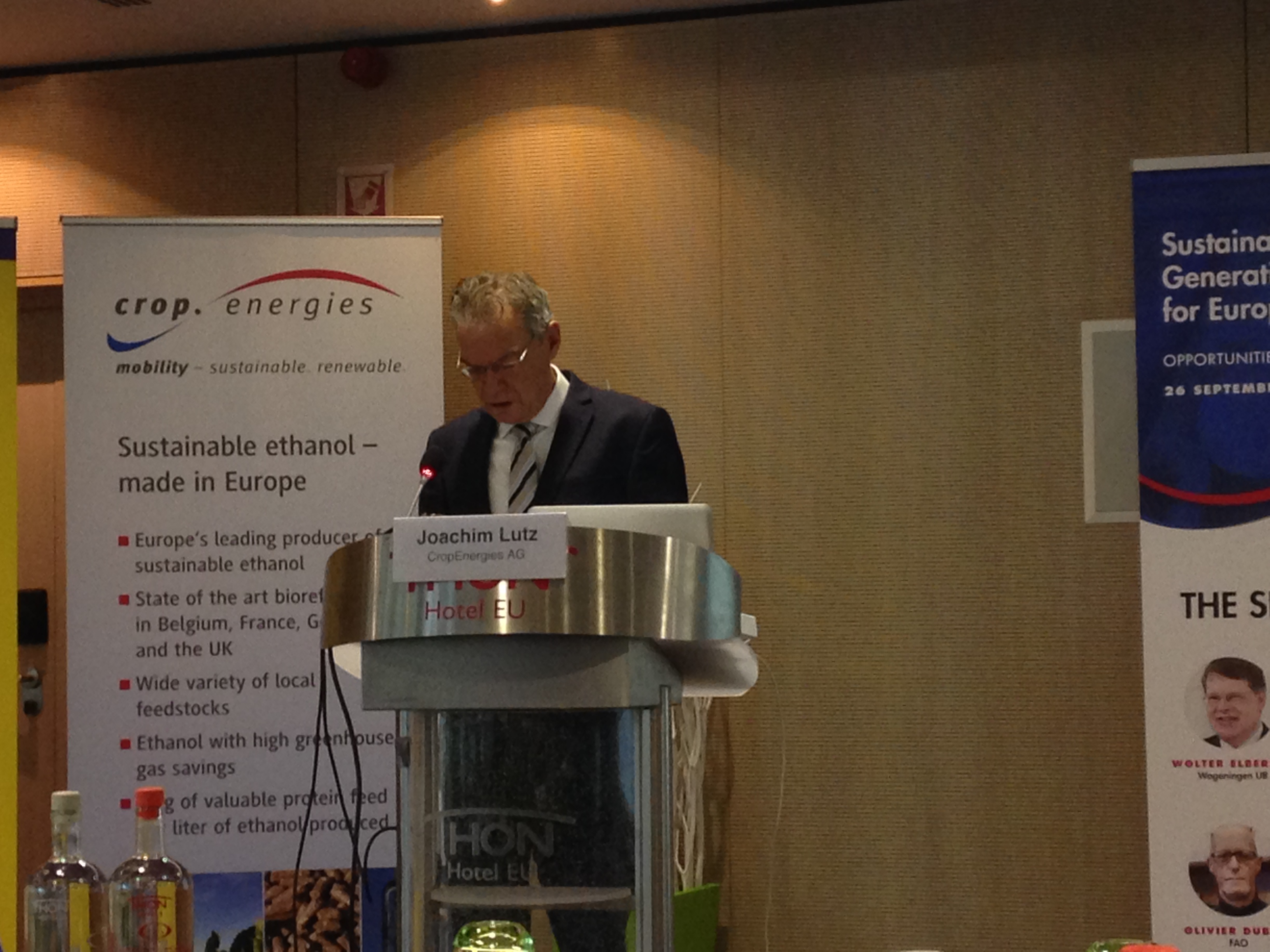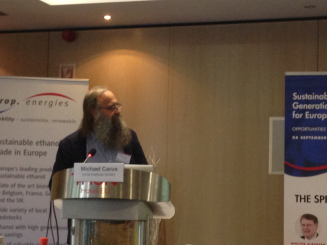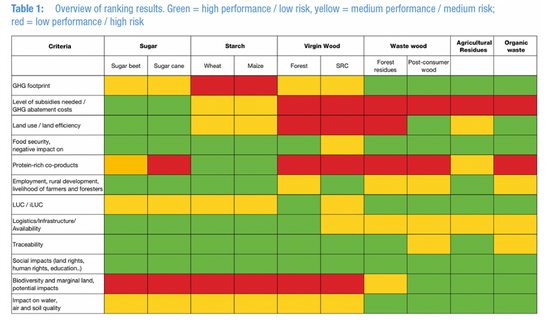Last September, Waste2Fuels had the pleasure to participate in the Sustainable First and Second Generation Bioethanol for Europe event.
In the context of the discussion on REDII, the conference provided an overview of the pros and cons related to the first and the second generation of bioethanol, focusing on the GHG emission reduction and decarbonisation of transports. Joachim Lutz from Cropenergies stressed the need for Europe to use both conventional and advanced biofuels in order to reach the climate goals.


Olivier Dubois form FAO debunked the myth of “food vs fuels” stating that sustainable production of biofuels is complex and they should be considered as an opportunity for responsible investment in sustainable agriculture, rural development and bioeconomy.
Strong attention has been devoted to a comprehensive sustainability assessment from Nova Institute. A detailed study, showing that the first generation of biofuels is sustainable as the second generation in terms of GHG reduction has been presented during the event. The study is based on the analysis of twelve different sustainability criteria, selected on the basis of the most current standards and certification systems of bio-based fuels and materials, including a wide range of environmental, social and economic aspects.
 The report analyses the strength and weaknesses of all biomass feedstocks for bioethanol production by criteria such as GHG footprint, GHG abatement costs, land use efficiency, food security, protein-rich co-products, employment, rural development, livelihood of farmers and foresters, LUC / iLUC, logistic, infrastructure, availability, traceability, social impacts, biodiversity and air and soil quality.
The report analyses the strength and weaknesses of all biomass feedstocks for bioethanol production by criteria such as GHG footprint, GHG abatement costs, land use efficiency, food security, protein-rich co-products, employment, rural development, livelihood of farmers and foresters, LUC / iLUC, logistic, infrastructure, availability, traceability, social impacts, biodiversity and air and soil quality.

Second generation biofuels seem to perform better than the first generation in terms of the reduction of GHG emissions. Biofuels made from any kind of feedstock provide advantages in terms of GHG emission reductions and should be vectors of a viable transitional strategy towards low-emission mobility, as long as they adhere to sustainability criteria.
For more information, please check the related website.
